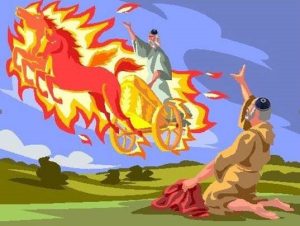Shabbat Pesach Shalom

by Phyllis Chesler
My sedarim were joyous—and I hope yours were, too. We had only wise granddaughters, no rashas, no tams at our table, and we were serenaded by such a sweet rendition of the Ma’Nishtana—even God must have smiled. Our second seder was redolent with Yiddish and with tales well told with yeshiva-style hand gestures. We all riffed— but we wore our learning lightly. But oh! The food: How fluffy were the matza balls in the chicken soup, how the brick roast melted in our mouths, and the homemade chocolate matzot with caramel toffee and sea salt was so good that it ought to be banned.
If Covid hadn’t messed with our sense of time, Pesach came to town and further banished ordinary time. Just as well, because these last days represent a mystical and messianic moment. We await Eliyahu who ascended to heaven in a chariot made of fire and who has yet to return. I often wonder if this was the same kind of fire that consumed Nadav and Avihu? Any thoughts? Were Aharon’s sons burned to death because they were more ecstatic than Eliyahu, were they all-too-ready to leave this world, and did Eliyahu know that one day he was meant to return?
In Shmot, after crossing the Reed sea, Miriam and the women sing and dance in a circle or in circles, “b’micholot.” The women do not separate themselves into tribes but instead, create a new form of unity, a circle, where every person is equal to every other. (See Maor Va’shemesh, Kalonymous Kalman Epstein of Krakow on this verse.)
According to some commentaries, the Shechina, God’s presence, is in the middle of this holy circle, in which each woman is equally close to the presence of God. Miriam and the women show that it is possible to ignore differences, overcome tribal divisions, in order to praise the “One God” who has rescued them.
May we do likewise—and may doing so hasten the coming of the final redemption.